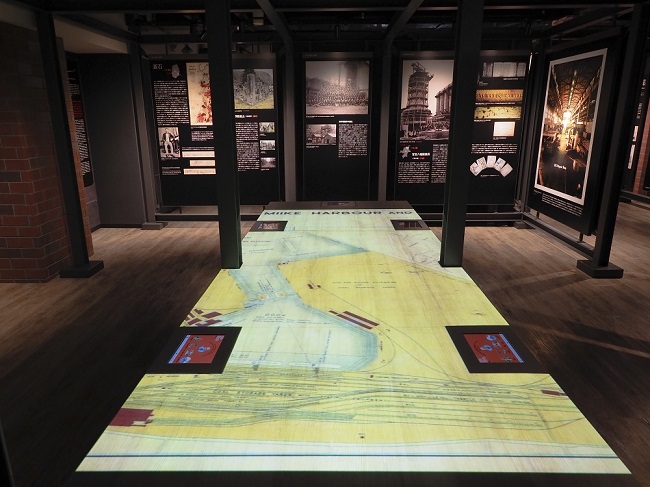
A file photo of Japan’s Hashima Island, where many Koreans were taken for forced labor during World War II. (image: Public Domain)
SEOUL, June 24 (Korea Bizwire) – The Japanese government was found to have invested a significant sum of money in an agency in charge of the de facto distortion of historical facts surrounding Hashima Island, where Koreans fell victim to forced labor during Japanese colonial rule.
Japanese Prime Minister Shinzo Abe and his cabinet, challenging a South Korean Supreme Court ruling to pay compensation to victims of forced labor, is being criticized for inciting the spread of the far right.
According to a list of contracts made by the Japanese government, the National Congress of Industrial Heritage (NCIH), operator of the controversial Industrial Heritage Information Centre in Tokyo, was found to have signed a contract with the Japanese government for 505 million yen (US$4.7 million) worth of products and services between 2016 and 2019.
The NCIH was established in September 2013 with a mission to ‘carry on the industrial heritage including those still in use’, and the task of supporting the United Nations Educational, Scientific and Cultural Organization (UNESCO) listing of industrial heritage in Japan.
As strife between South Korea and Japan over historical facts about forced labor worsened in recent years, the NCIH turned into a political agency explicitly supporting the far right.
The NCIH signed a series of contracts with the Japanese government through a competitive bid.
What’s striking is that the NCIH received far more funding than other previous agencies that worked on Japanese heritage.
The NCIH’s predecessor was Mitsubishi Research Institute, Inc., which signed a contract with the Japanese government for 68 million yen for 2014 and 2015 to carry out various research projects.
Receiving approximately 34.2 million yen each year, Mitsubishi received only 27 percent of the amount received by the NCIH.

This photo, provided by Japan’s new Industrial Heritage Information Centre in Tokyo on June 14, 2020, shows an exhibit on industrial sites during the Meiji Era.
How the NCIH managed to win the contract is unclear. The only lead is that the agency is spearheading the movement to distort historical facts about forced labor during Japanese rule of the Korean peninsula.
The NCIH is posting video testimonies of former Hashima residents to claim that there were no human rights violations against Korean laborers, going against Japan’s promise to tell historical facts about forced labor prior to Hashima’s UNESCO listing as world heritage.
Hisatomo Kobayashi, secretary general of the Network for Uncovering the Truth about Forced Labor, criticized the Japanese government for funding attempts to distort history.
“Prime Minister Abe is using state finances to advance his personal view towards history, and the NCIH is being exploited as a propaganda agency,” he said.
“We are concerned that the Industrial Heritage Information Centre may turn into a propaganda center for fake history.”
The NCIH’s successful bid with the Japanese government may be related to the political ties of Koko Kato, a director of the NCIH.
She is the daughter of former Agriculture, Forestry and Fisheries Minister Mutsuki Kato (1926-2006) and sister-in-law of Katsunobu Kato, Japanese Health Minister and Abe’s close aide.
She led the efforts to have Hashima listed as a UNESCO world heritage, and served as special adviser to the Cabinet between July 2015 and July 2019.
H. M. Kang (hmkang@koreabizwire.com)






